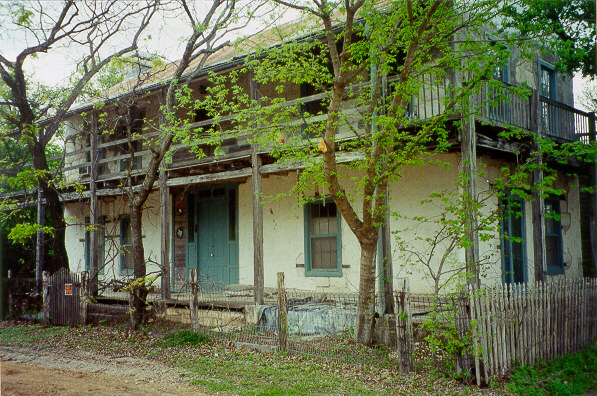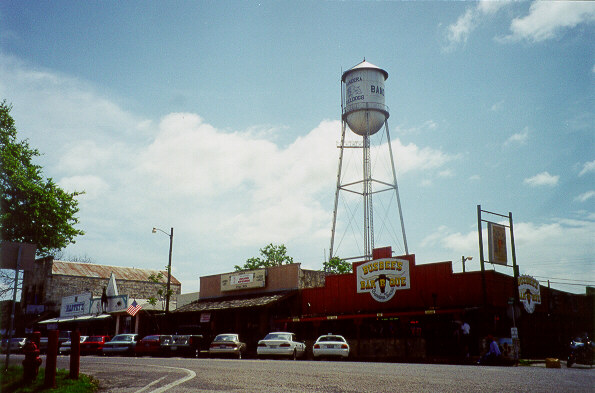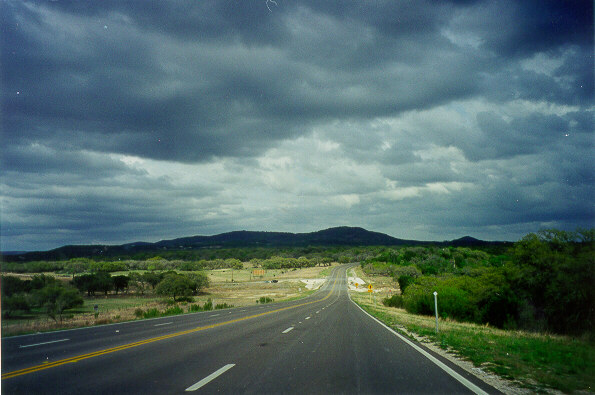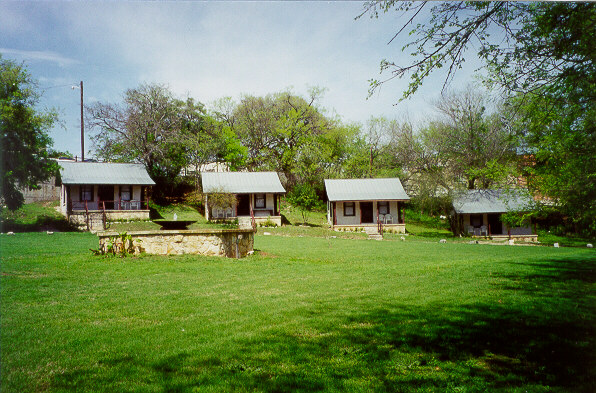

| Dane Ball | Spring 1999 |
| History 1302 | Hines |
Click on pictures to see larger view.

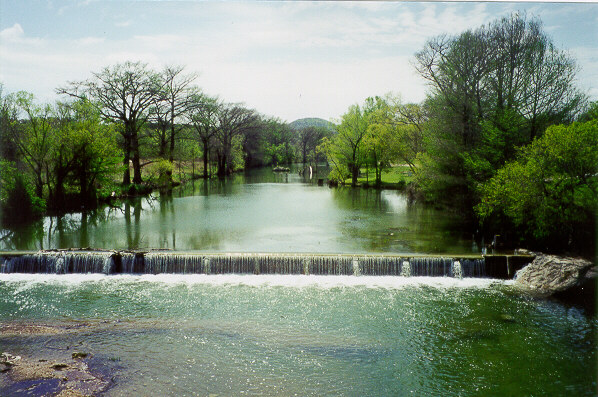
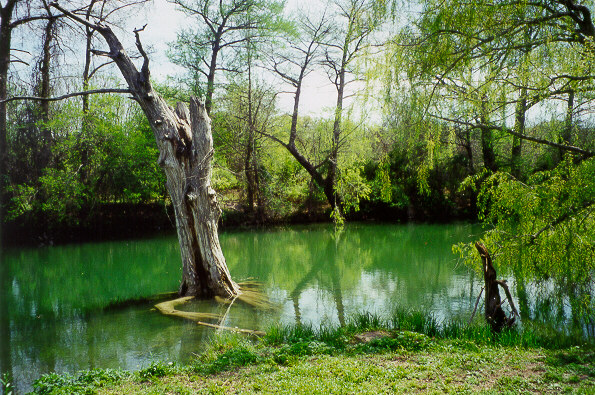
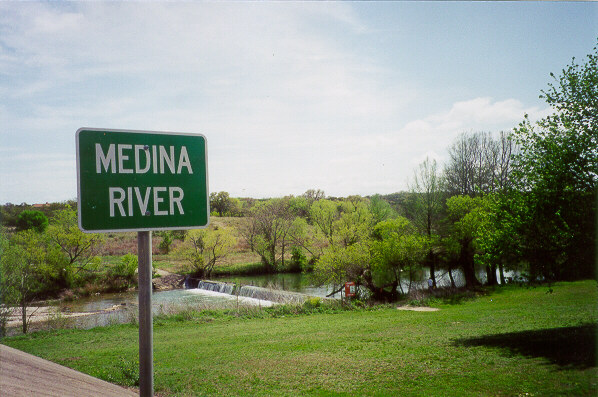
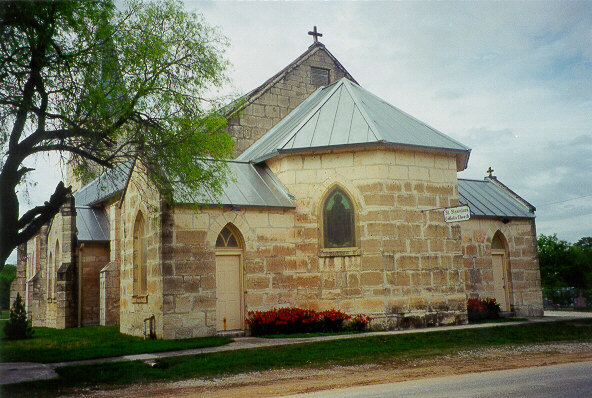
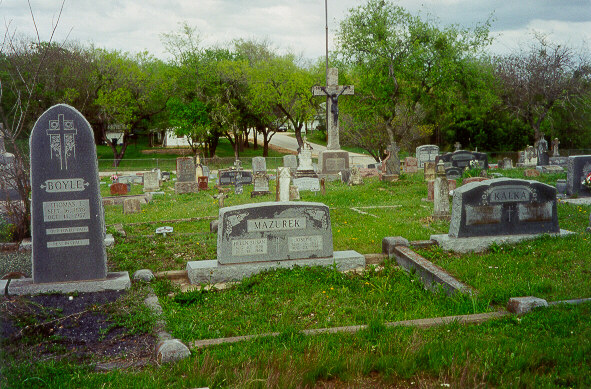
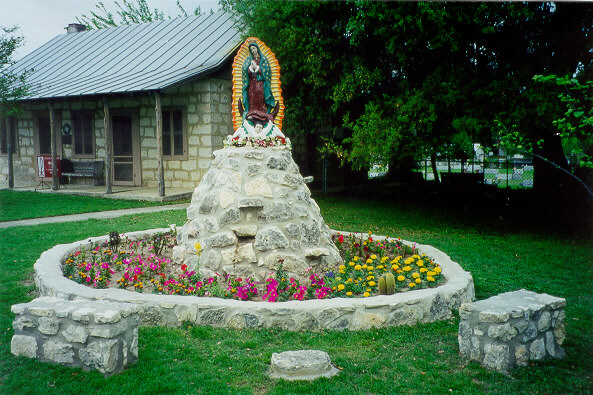
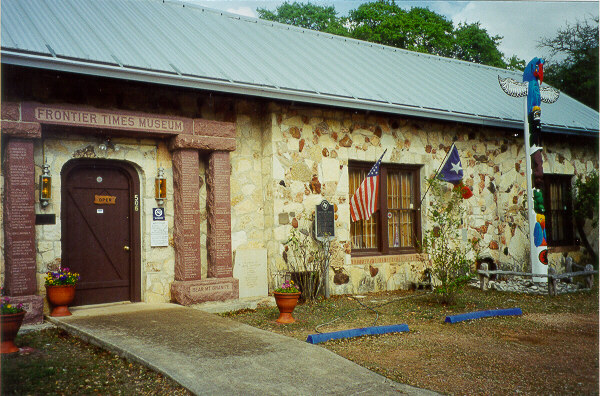
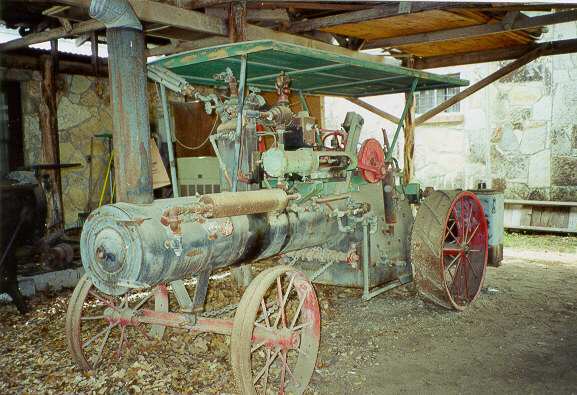
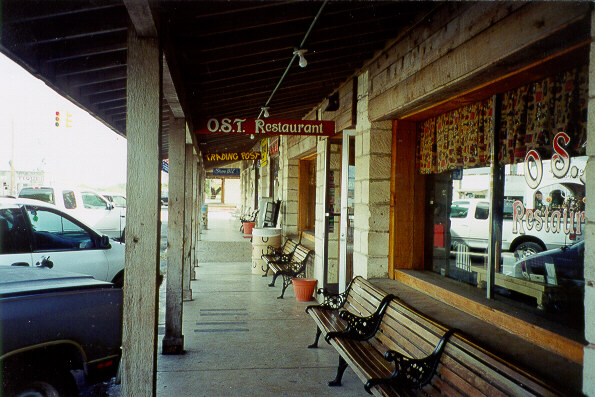
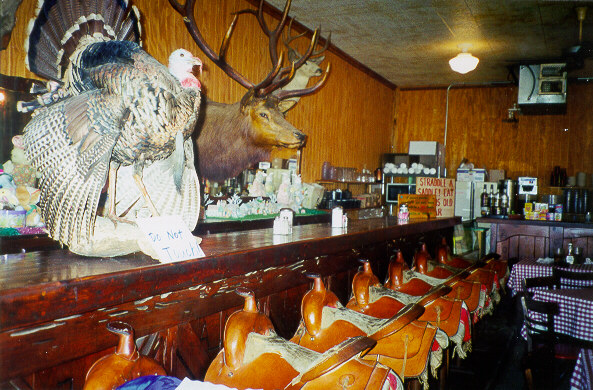
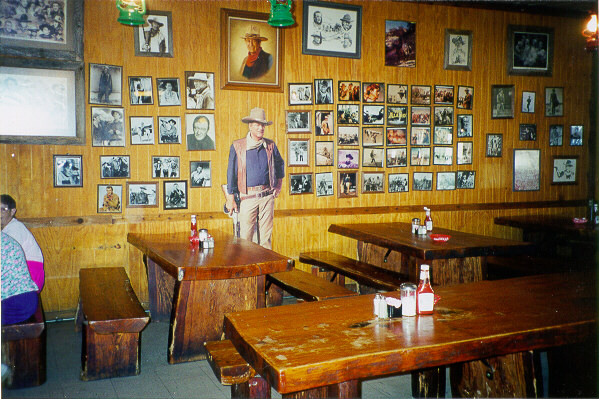
Code Of The Cow Country
"It don't
take such a lot o'laws to keep
the rangeland straight,
Nor books to write them in, because there are only six or eight.
The first on is the Welcome sign written deep in Western Hearts--
My camp is yours and yours is mine in all cow country parts.
Treat with respect all womenkind, same as you would your sister.
Take care of neighbors' strays
you find, and don't call cowboys
"mister".
Shut the pasture gates when passin'
thru and, takin' all in all,
Be jest as rough as pleases you but never mean or small.
Talk straight, shoot straight, an'
never break you word to man nor hoss.
It don't take law nor pedigree
to live the best you can;
These few is all it takes to be a cowboy an
--- a Man!"
S. Omar Barker
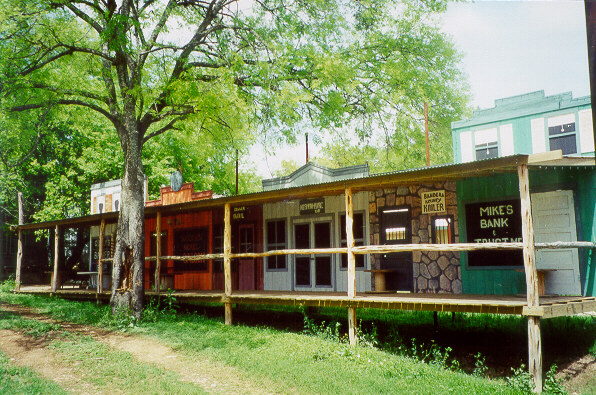
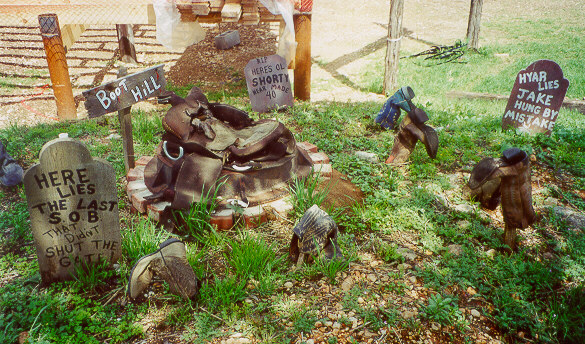
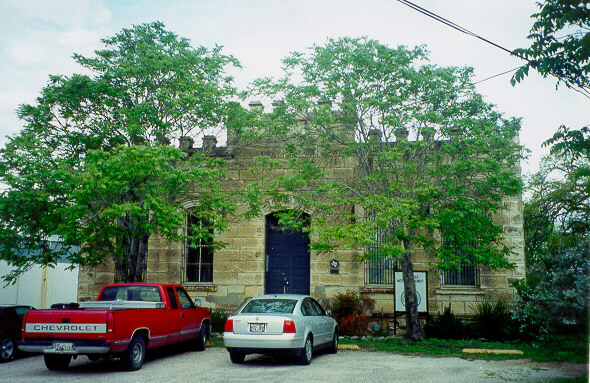
The Bandera Bulletin---1999 Spring/Summer Visitors Guide
Frontier Times Museum, was also used.
People: Thompson, Staci, and Johnson, Crystal
